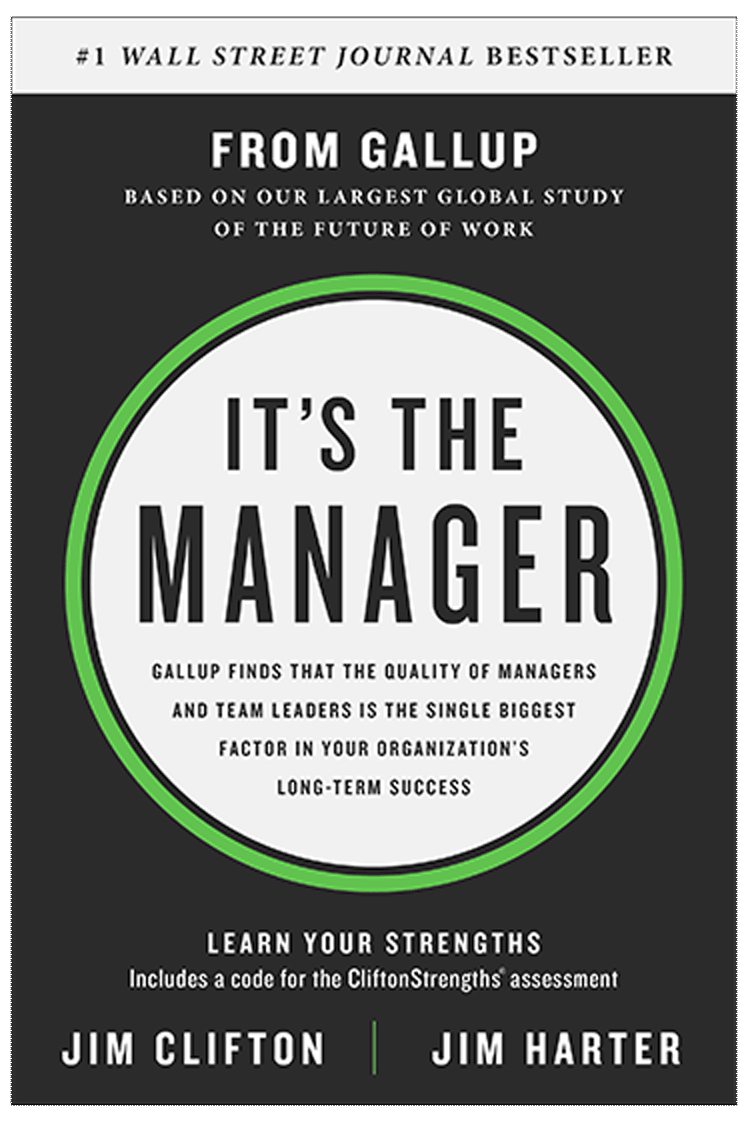LEARN A LITTLE:
ESTIMATING: THE POWER OF LEADERSHIP
There is a dimension of effective leadership that goes unnoticed—so much so that I don’t ever recall reading about it in a management or leadership book. I’m referring to the ability to make accurate or trustworthy estimates in circumstances or situations in which data or information is incomplete or lacking.
Leaders are often called upon to estimate the worth of taking a particular action, the time required to complete a particular goal or project, the probability of success in trying a new alternative, or, on frequent occasions, estimating the cost of a new initiative or full completion cost for implementing a new policy. In my experience, leaders are prone to make three common estimation errors.
- Overvaluing an end state, goal or objective
- Underestimating costs
- Underestimating the time required for completion.
There are all kinds of reasons for these errors:
- Lack of experience
- Failure to analyze the best available information properly
- Being in too much of a hurry
- Trusting the wrong people
- Failure to double-check facts, and
- Sad to say, massaging the numbers in order to gain approval for a project for oneself or other individuals, who might benefit from that deception.
Effective leaders, who are more accurate in their estimations, will outperform and advance beyond those persons who do not develop the necessary skills.
LAUGH A LITTLE:

REFLECT A LITTLE:

Proverbs 13:12 (NLT)
Hope deferred makes the heart sick, but
when dreams come true, there is life and joy.
READ A LITTLE

It’s the Manager
Jim Clifton and Jim Harter
(Gallup Press, 2019)
This book, written by Gallup’s CEO and chief scientist, relies on information gathered from world-wide Gallup interviews with Chief Human Relations Officers (CHROs), CEOs and other experts in the management field. As you might expect from the title, the authors have identified the position of manager as the key influencer of organizational success. They note that “70% of the variance in team management is determined solely by the manager.”
You will find many critical statistics throughout the pages of the book. For instance:
- “Only 27% of employees strongly believe in their company’s values.”
- “Only 30% of employees were involved in setting goals with their managers.”
- “Only 26% of employees strongly agree that the feedback they receive helps them do their work better.”
- “Only 34% of employees are ‘engaged’ within their organization.”
The book addresses many other interesting facets of organizational success, including ideas such as creating a culture of high development, onboarding, effective coaching and performance evaluation, along with other valuable insights.
And, don’t be surprised by the prominence of the Clifton Strengths Assessment throughout the book.




